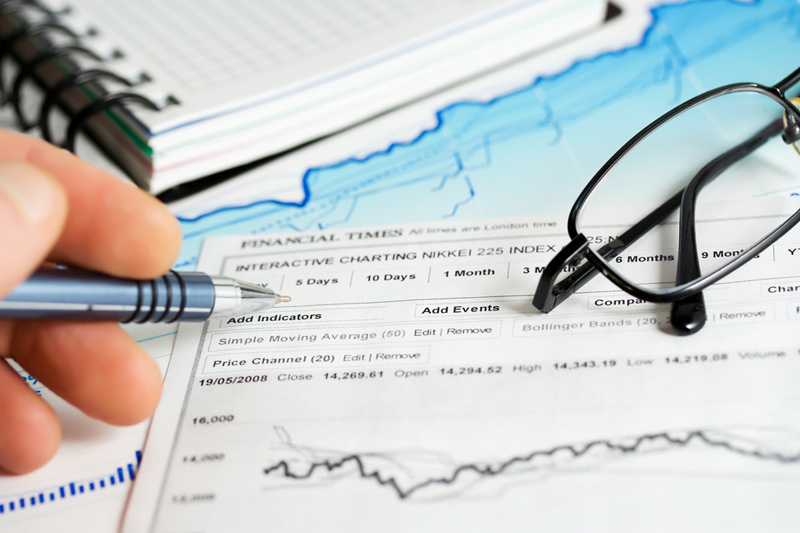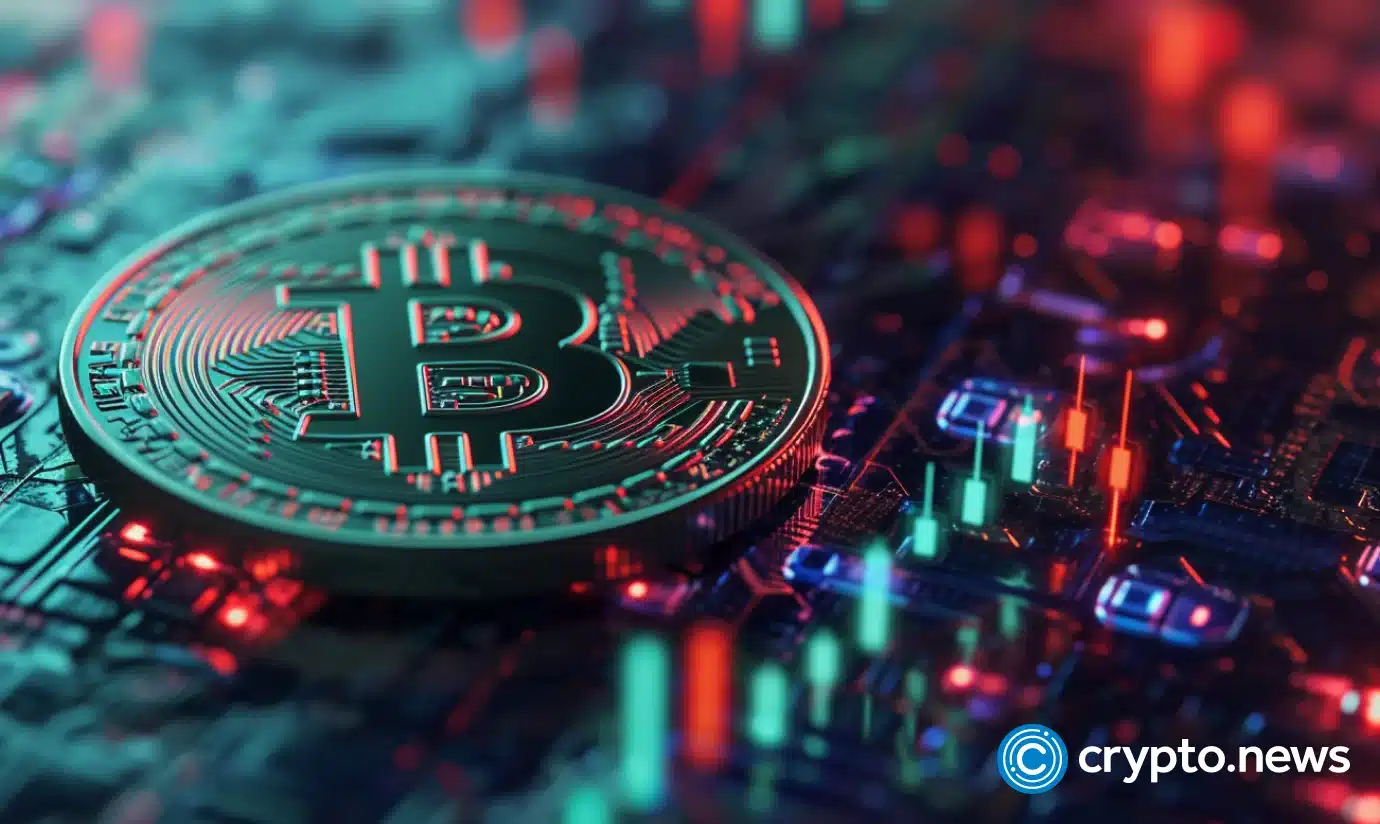After a series of U.S. economic data were released, the U.S. dollar traded sideways on January 6

[ad_1]
 After a series of U.S. economic data were released, the U.S. dollar traded sideways on January 6
After a series of U.S. economic data were released, the U.S. dollar traded sideways on January 6The central exchange rate of Vietnamese dong to US dollar is currently 23,932 VND. Financial Banks The US dollar traded sideways on January 6, influenced by a series of US economic data. Tram Anh • {Published Date} The VND/USD exchange rate is currently at 23,932 VND.
Today’s U.S. dollar exchange rate
On January 6, the State Bank (SBV) announced that the adjusted central exchange rate was VND 23,932, an increase of VND 17 from yesterday’s listed exchange rate.
>> Which investment channels have potential in 2024?
The reference selling price on the SBV exchange increased by 18 VND, reaching a trading range of 23,400-25,078 VND/USD.
Bank USD buying prices are currently within the range of VND24,113–24,210/USD, while selling prices remain within the range of VND24,510–24,565/USD.
| The exchange rate of commercial banks buying and selling US dollars on January 6 |
On the “black market”, US dollars trade at 24,700-24,800 VND/USD.
Today’s global U.S. dollar exchange rate
At the same time, in the U.S. market, the U.S. dollar index (DXY), which measures exchange rate fluctuations between the U.S. dollar and six major currencies (euro, Japanese yen, pound sterling, Canadian dollar, Swedish krona, and Swiss franc), rose 0.01% to hit the 102.44 mark.
The dollar stabilized in the final session after surging earlier in the session as newly released data showed the world’s largest economy showed signs of weakness but remained resilient.
| DXY index volatility over the past 24 hours |
The U.S. dollar index briefly hit 103.10 after the U.S. jobs report was better than expected. This is the highest level since mid-December 2023.
For the week, the dollar rose 1.1%, on track for its best weekly gain since mid-July.
The market expects the probability of the Fed to cut interest rates in March is about 67%
Although the minutes of the Federal Reserve policy meeting in the last two days of 2023 did not provide direct clues as to when the Federal Reserve will cut interest rates, the discussion showed that inflation has been brought under control and people are increasingly concerned about “inflation” risks. “Overly restrictive” monetary policy may have an impact on the U.S. economy.
According to the Federal Reserve’s assessment, the actual FDP growth rate in the United States is slowing down from the strong growth rate in the third quarter of 20234. Labor market conditions continue to tighten, with job growth modest and the unemployment rate low.
Inflation has cooled in 2023, but remains high and above the Fed’s long-term goal of 2%. Importantly, however, inflation continues to show clear signs of easing.
Official employment data released on Friday showed more jobs were created in December than experts predicted.
More importantly, the ISM services employment index fell to 43.3 in December, the lowest level since July 2020, when the economy was reeling from the first wave of the epidemic. The index previously reached 50.7 in November.
U.S. interest rate futures have priced in about five rate cuts of 25 basis points (bps) each this year, with the federal funds rate expected to be about 4% higher by the end of the year than the current 5.25%. Analysts said the jobs report showed the Federal Reserve may be in no rush to cut interest rates in the coming months.
Adam Button, chief currency analyst at ForexLive in Toronto, Canada, said that inflation data will not fall back to target levels until around June, but many investors expect this to happen on June 3. Against this backdrop, the Fed may not hesitate to cut interest rates early.
After the report was released, the market expected the probability of the Federal Reserve to cut interest rates in March to be about 67%.
>> Bank Negara predicts a significant increase in remittances in 2024, especially during the traditional Chinese New Year period




